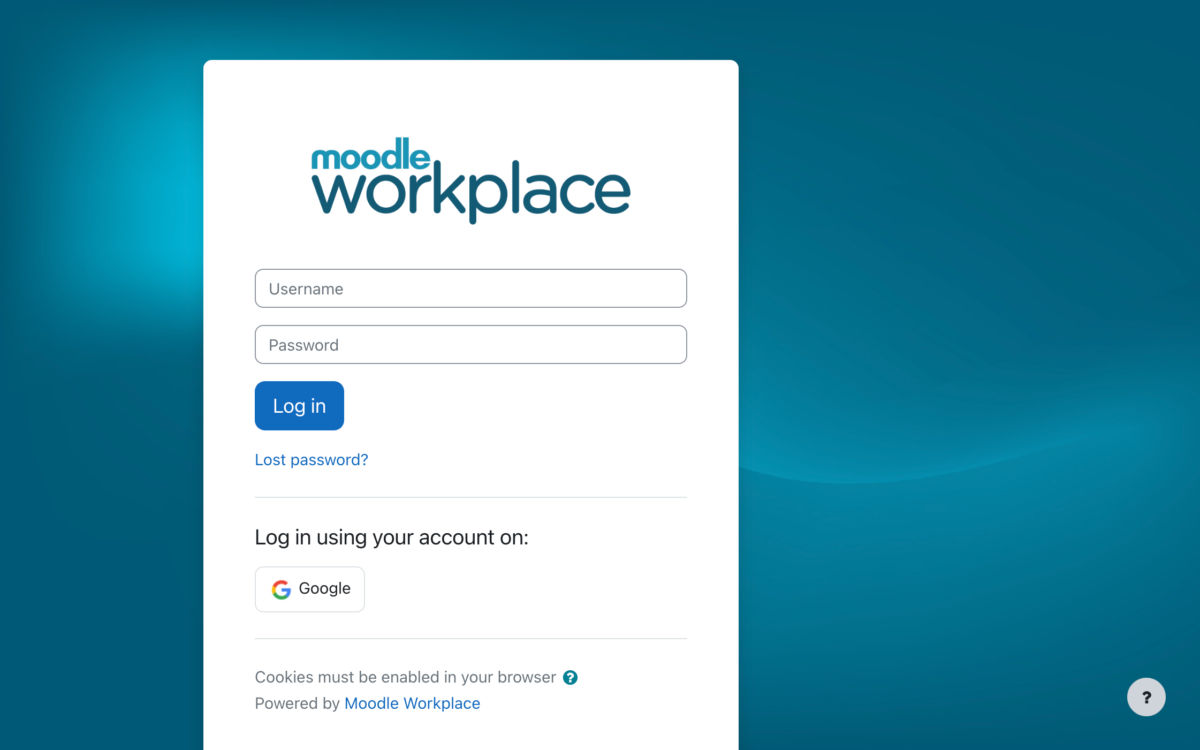Moodle is a highly efficient, customisable learning platform designed specifically for workplace training and professional development. It offers powerful tools for creating, managing, and tracking learning and development programs, fostering a culture of consistent learning. However, like any tool or process, its effectiveness depends largely on the degree of organisational buy-in that it enjoys. Gaining the commitment and support of key stakeholders is therefore a critical prerequisite for the successful deployment and utilisation of Moodle.
Understanding the Importance of Buy-in
Getting buy-in is about more than just getting permission to use the software. It’s about fostering an organisational culture that values continuous learning and development, and recognises the important role that a tool like Moodle can play in achieving that. When stakeholders at every level of the organisation understand the benefits the learning platform can deliver, they are more likely to support its implementation and use in a meaningful way.
Without strong buy-in, any learning management system risks becoming just another underused tool. It’s not enough to just have the software; it needs to be integrated into the fabric of the organisation, with a clear strategy for how it will be used to enhance learning and development. This requires the support and commitment of everyone, from top-level management down to the individual employees who will be using it.
Tips for Achieving Organisational Buy-in
Achieving organisational buy-in requires a strategic approach. It starts with communicating the value of the tool to all stakeholders. This can involve demonstrating how it can improve the efficiency of training programs, facilitate compliance with regulatory requirements, enhance employee engagement, and offer a return on investment. Providing concrete examples and case studies of how other organisations have successfully leveraged Moodle Workplace can be particularly powerful.
You must also clearly articulate how Moodle aligns with the organisation’s strategic objectives. This includes showing how it can help to bridge skills gaps, foster a culture of learning, and support the professional development of employees. Offering training and support to those who will be using Moodle Workplace is also crucial. This empowers them to make the most of the platform and helps to alleviate any fears or concerns they may have about its use.
In addition, gaining endorsements from key influencers within the organisation can significantly increase buy-in. When respected members of the organisation publicly support the platform, it sends a strong message about its value and credibility. Furthermore, involving end-users in the decision-making process can also foster a sense of ownership and commitment, further enhancing buy-in.
Conclusion
In conclusion, securing buy-in for Moodle is an essential step in ensuring that this powerful learning platform can be effectively leveraged within your organisation. It involves a strategic approach that includes clear communication of the software’s benefits, alignment with strategic objectives, provision of training and support, and endorsement from key influencers. With strong buy-in, Moodle can truly become a transformative force in your organisation. Contact mylearningspace to ensure your organisation adopts a culture of learning and development.


